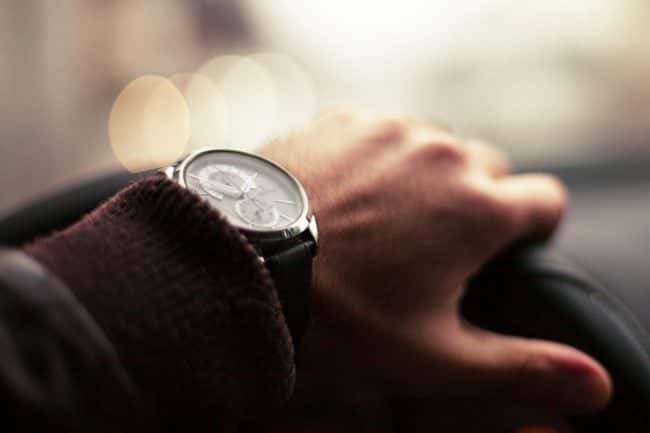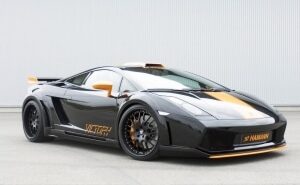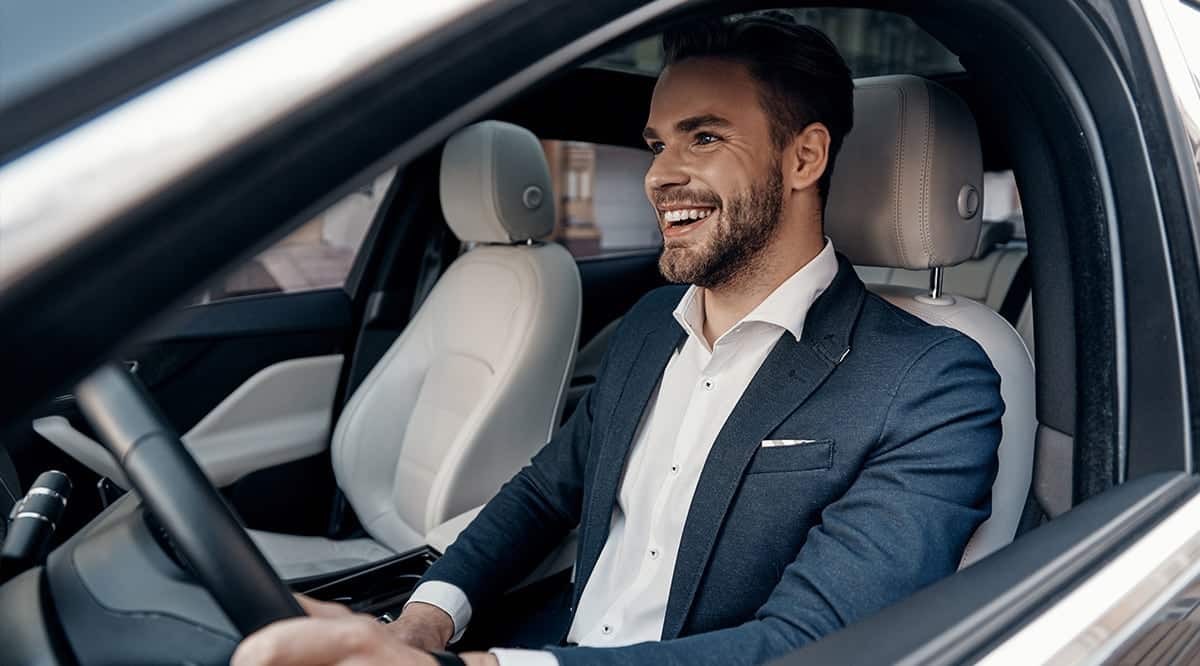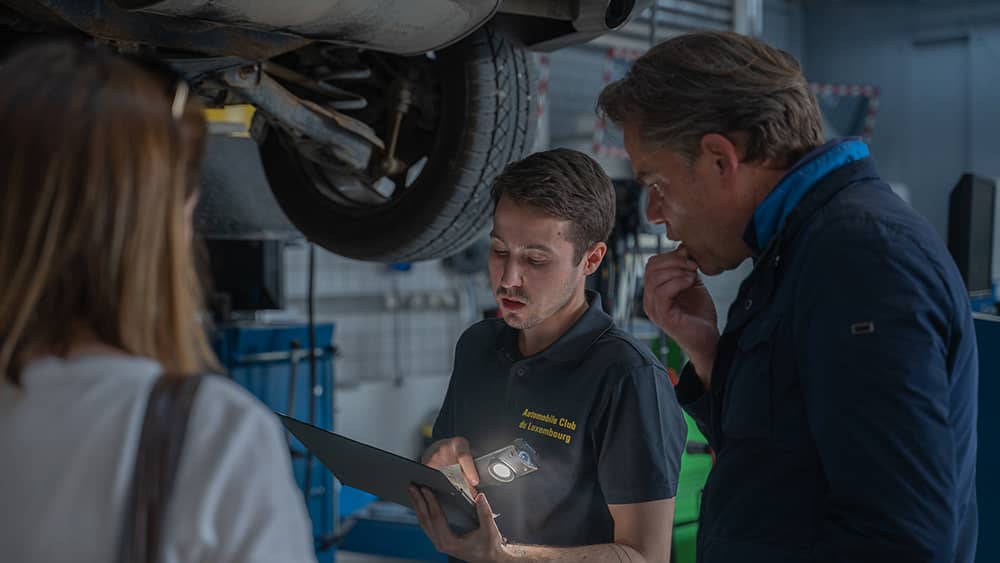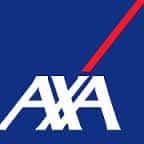Have you just arrived in Luxembourg with or even without your car? Driving licenses, driving rules, administrative procedures for your car... Here are a few things you absolutely must know if you want to drive a car or a two-wheeler in Luxembourg!
First of all, to drive a motor vehicle in Luxembourg (car, motorcycle, commercial vehicle), you need a valid driving license.
Validity of a foreign driving license in Luxembourg
Please note that the validity of your driving license in Luxembourg is not automatic. Especially if it was issued in a country outside the European Union.
In Luxembourg, it is possible to register, exchange or transcribe a foreign license. Applications must be submitted to the Société nationale de circulation automobile (SNCA).
Exchanging and registering your foreign driver's license in Luxembourg
Registration of a foreign driving license in Luxembourg depends on its origin. Registration is optional for people who obtained their driving license in a member state of the European Economic Area (EEA).
On the other hand, driving license registration is compulsory for licenses obtained abroad, outside the EEA.
Holders of non-EU driving licenses must convert their foreign license into a Luxembourg driver's license within one year of their arrival in Luxembourg.
Failure to comply with this regulation will be billed at 74 euros.
More information about exchanging driving licenses in Luxembourg.
Applying for an international license to drive outside the EU
To drive outside the European Union - or even the European Economic Area - your driving license must be accompanied by an International Driving Permit, i.e. a certified translation of your national driving license.
Application for an international license must be made to theAutomobile Club de Luxembourg .
Driver's license in Luxembourg
Driving tests in Luxembourg
The driving test can be taken on a manual or automatic car. Please note that holders of an "automatic" driving license cannot drive a manual car.
To obtain your B driving license in Luxembourg, you must take at least 12 theory lessons (6 hours if you already have a license in another category), followed by 16 practical lessons (10 hours if you already have an A1 license) at an approved driving school.
Candidates must complete both theoretical and practical training. Once the theoretical and practical tests have been passed, a probationary license is issued for a period of two years.
To obtain a full driving license, the young driver must also take a road safety course at the Colmar-Berg Driver Training Center.
Driving school registration
In Luxembourg, you must obtain your driving license through an approved driving school.
To register with a Luxembourg driving school, you must :
- reside in Luxembourg,
- be of the required age (18 to drive a car)
- undergo a prior medical examination.
When registering, candidates must also submit a number of documents:
- medical certificate of fitness
- passport photo 45×35 mm
- copy of ID
- copy of legal guardian's ID card
- criminal record of last place of residence abroad
- proof of payment of a 30 euro chancery stamp, to be obtained from the Administration de l'Enregistrement by bank transfer
- criminal record for applicants over 18 and for the accompanying driver, if accompanied driving is envisaged
- If the applicant has resided in Luxembourg for less than 5 years, a criminal record from the country of origin is also required.
- Copy of driver's license, identity card of accompanying driver and letter of authorization from the insurance company for the vehicle used for accompanied driving.
- Completed application form for a driver's license can be downloaded from guichet.lu.
Accompanied driving is permitted from the age of 17, if the driver is a resident of Luxembourg.
Driver's license with points in Luxembourg
Losing points on your driver's license
The points-based driving licence was introduced in Luxembourg in 2002. Its capital is 12 points. Anyone arriving in Luxembourg, even if they do not hold a Luxembourg driving license, has a credit of 12 points on their driving license.
Certain offences result in a reduction in the number of points, in proportion to the fault committed. Using a telephone while driving now costs 4 points (and a 250-euro fine), illegal overtaking costs 2 points, and hit-and-run driving costs 4 points.
Find out more about the scale of driving offences in Luxembourg
Total loss of driving license points results in outright suspension of the license.
Recovering points on your driver's license in Luxembourg
A driver who has lost points on his or her driving license will be able to recover all his or her points if he or she does not commit any offences involving the loss of points for a period of three consecutive years.
If you don't want to wait 3 years, you can also take a voluntary awareness-raising course. This course enables you to recover three points, once every three years, up to a maximum of 12 points. These courses are given at the CFC driver training center in Colmar-Berg.
Got your driving license? Take advantage of Autofestival's special conditions to buy a new car.
Infractions of the Luxembourg Highway Code
Failure to comply with the Highway Code in Luxembourg (as elsewhere) can result in points being deducted, a fine or a penalty notice.
In the event of a fine, resident offenders are asked to pay within a maximum of 45 days. Non-residents have a further month.
the offender may contest the facts. This can be done directly with the police officer at the scene of the report. Alternatively, you can go to the police station or send your objection to the Direction générale de la Police grand-ducale (Service national des avertissements taxés SNAT, L-2957 Luxembourg).
Particularities of the Luxembourg highway code
Luxembourg applies the European Highway Code. In particular, you drive on the right-hand side of the road and overtake on the left. Seatbelts are compulsory, both at the front and rear of the vehicle.
A few special features apply in Luxembourg:
- the maximum permitted blood-alcohol level is 0.05% for driving in Luxembourg
- Children must be atleast 11 years old and 1.50 m tall to ride in the front seat.
- The speed limit is 20 km/h, 30km/h or 50km/h in built-up areas, 90km/h or 70 km/h on main roads and 130 km/h on freeways.
- There are suggestive cycle lanes on the roads. Cyclists can use them , but are not obliged to do so. Motorists may use them if and only if necessary.
- There are also "contra-sens" zones for cyclists, on a street where cars are not allowed, for example.
- Unless otherwise indicated, bicycles are not allowed on bus lanes.
- 20km/h zones are set up in places where people meet. Pedestrians have priority in these zones, so they can cross anywhere at any time.
- In Luxembourg, the "tirette system" is compulsory. To keep traffic flowing, each driver alternates with another driver who changes lanes, before passing himself. Failure to comply with this law is punishable by law.
- Watch out for road markings represented by a rectangle with a cross: you are not allowed to park, stop or stand there. Be careful, as some of these markings are often found near traffic lights.
- Whether you're in a car or on a motorcycle, it's forbidden to queue up, even in traffic jams. Motorcyclists, forget your habits: you must stay in line and wait until traffic flows smoothly!
- In winter, motorists are required to comply with the relevant winter regulations. For example, winter tires are mandatory, even for visitors. Vehicles must also be de-iced and any snow removed.
- It is forbidden to leave your vehicle's engine running when stopped for long periods.
For more information on controls and traffic on Luxembourg roads, visit Cita.lu. You'll find practical information (roadworks, technical problems, detour, news tips, etc.) and even the possibility of viewing roads via webcam to assess their traffic situation!
Do you have your own vehicle? Consult the compulsory formalities for your personal vehicle.
What are the rules for child car safety in Luxembourg?
In Luxembourg and Germany, all children under 1.50 m must travel in a special child seat, adapted to their size. Belgium makes child seats compulsory up to 1.35 m, while France requires them up to the age of 10.
- baby seats are suitable for infants up to 83 cm tall
- beyond small children up to 1.05 m should be placed in "toddler" seats
- Children up to 1.50 m tall must be placed in a seat adapted to their safety. Booster seats can be used for short journeys and for emergency purposes. However, it should be noted that seats with backrests are more comfortable for longer journeys and, above all, provide greater safety for your child in the event of an accident.
ACL regularly organizes second-hand sales of booster seats and child seats. These are of course checked before sale.
Silver partner
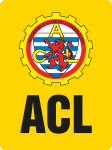
ACL Automobile Club du Luxembourg, car assistance
24/7 assistance to guarantee your mobility in Luxembourg and beyond
